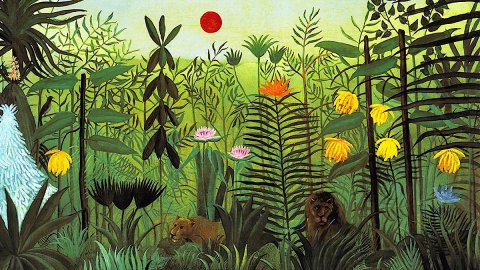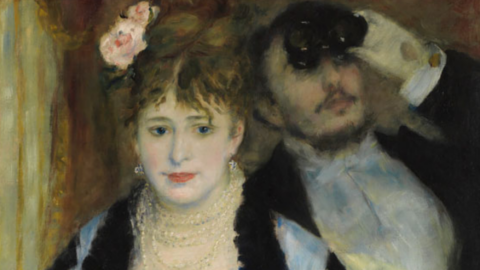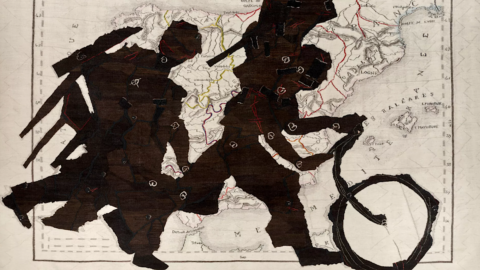Henri Rousseau was born in Laval in 1844, but his life was not very lucky, starting from the greatest tragedy: that of losing all the children he had from his two wives. Not to mention the incomprehension of critics and the public in front of his works of art exhibited for the first time when he was already 42 years old. Works that he exhibited at Hall of the Independents, and although noticed by Picasso and the poet Apollinaire, it failed to emerge despite the efforts of a difficult existence; to the point that Rousseau died of poverty in Paris, it was the year 1910.
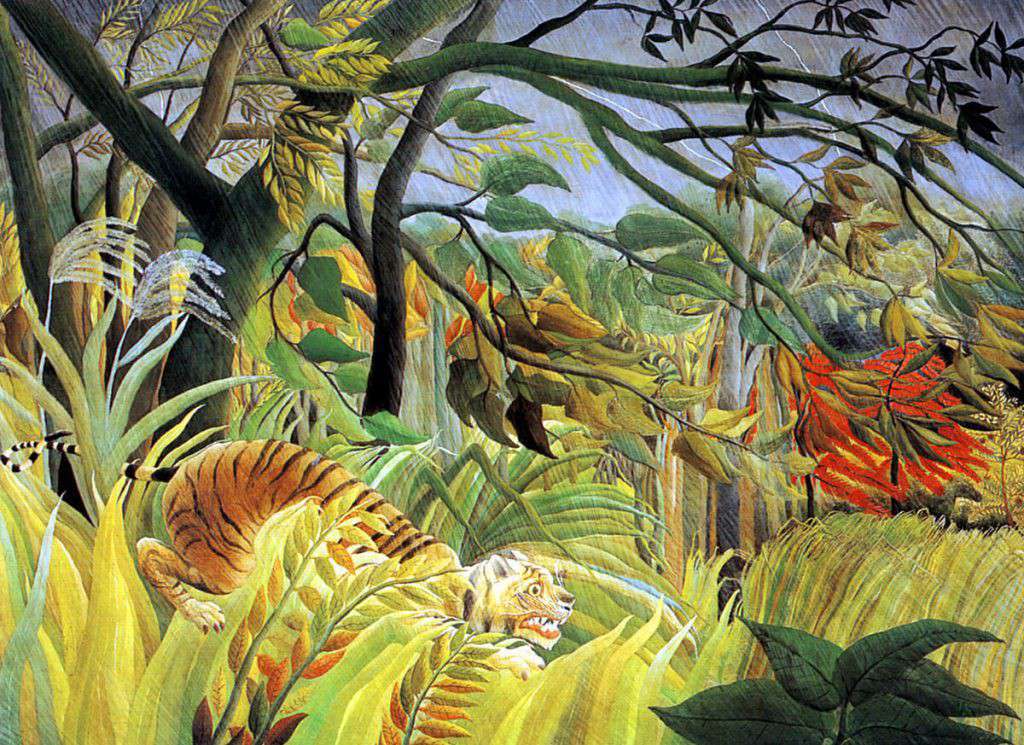
But where did Rousseau get his inspiration from? After the artist's death, an illustrated book for children published by Galeriés Lafayette was found in his Parisian atelier – at number 2 Rue Perrel -, it was an album depicting “wild animals” with over 200 illustrations of their lives. Consider that – on page 152 of this album – we find the image of a zoo keeper playing with a jaguar. Rousseau immediately made a painting of it which he set exactly like the description given in the illustration: "the jaguar lives in that American region that goes from the Rio Grande to the river that separates Mexico from the United States…“. The painter's great imagination manages to construct that luxuriant work where we see in precisely the same position – the man and the jaguar. Instead, the painter was saying that his works were the result of his phantom expedition to Mexico organized by Napoleon III, who wanted to install Maximilian of Austria as local emperor, and had drawn inspiration from that trip.
But were they all stories, or was there some truth in his stories? Surely the illustrations in this collection can be found in numerous subsequent paintings by the artist. In the work "The dream“, for example, you can even recognize a sofa, and then from the official documents referring to the soldier Rousseau it was immediately discovered that Henri had never been to Mexico.
But why not say that his paintings were inspired by photographs or prints that appeared in newspapers or illustrated postcards? In the painting "War” the inspiration from a print that appeared in the newspaper L'Egalité of 6 October 1889 is evident. The “Tiger hunting” from a drawing that appeared in the newspaper L'Univers Illustré of May 4, 1895 and the “Papa Juniet's cart” from a family photograph of a friend of Rousseau. This theory is the result of careful research and studies by Mlle Bernard, nephew of the artist, who one day said remembering his grandfather "My grandfather was an eternal child and like many children he was very impressionable”.Terrified of his beasts, it is not difficult to see him run to the window to make sure that instead he was in his studio in Paris.
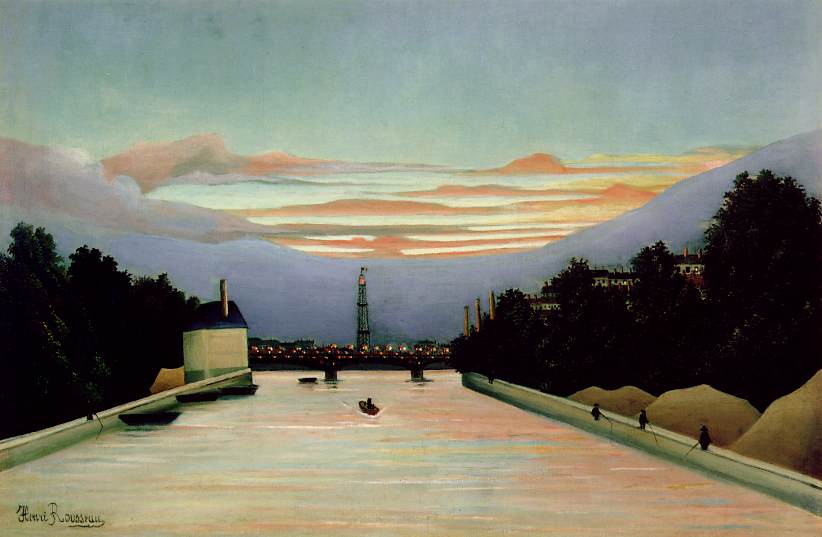
This way of his distinguished him to the point that he managed to give life to his animals, all in a frame that was not photographic at all. A noble lion, a serenity in the oxen, a liveliness in the monkeys and an almost three-dimensional shape that makes the painting a dream.
"He managed to bring the clouds and the leaves of the trees to life. He also knew how to paint dreams” wrote the poet Paul Eluard about him. A painter capable of transfiguring nature and his creatures through a poetic vision. A note that appears in his works is the difficulty in painting human figures, often shadows. A rejection of man - given the constant difficulties - or simply a childish nature?
A life inside an enchanted zoo, full of snakes but also water lilies and pink flamingos that suggest a great desire to become a hermit in a fantastic world.

